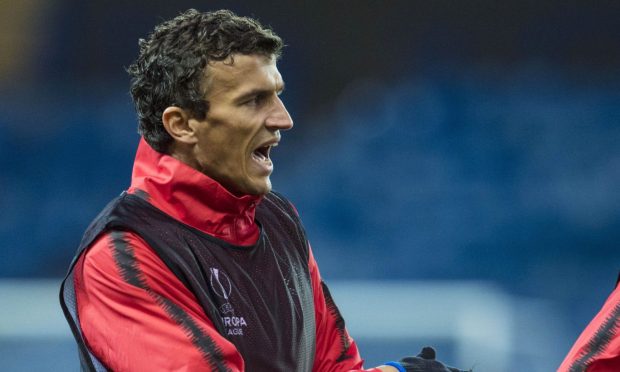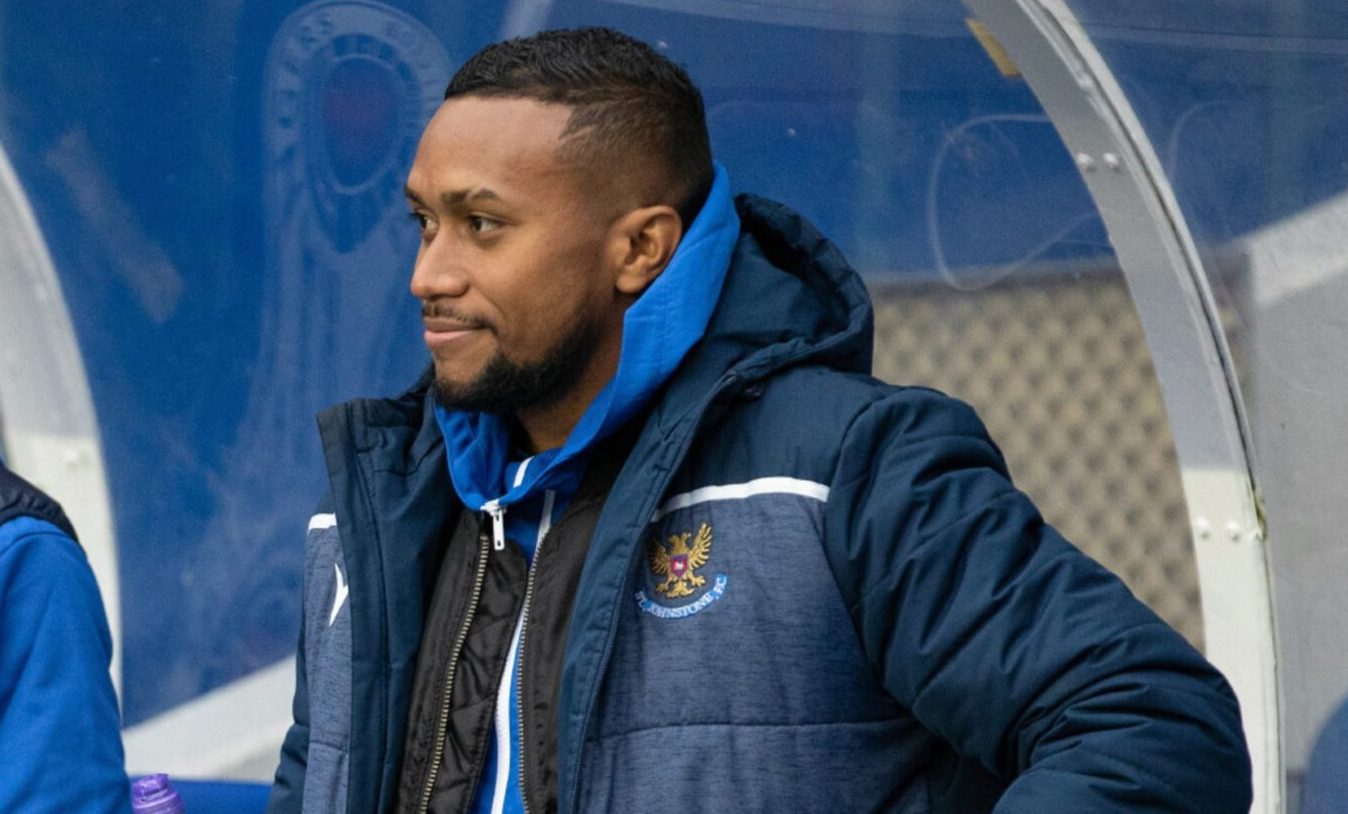St Johnstone are second bottom of the Premiership table.
And they are also second bottom of the table that has contributed to that worrying overall standing.
The only team who have suffered more acutely from the concession of late league goals this season is Hibs.
Saturday’s painful defeat to St Mirren was the latest example of an opposition finding the back of Saints’ net after the 85th minute – on this occasion, twice.
Not only have the Perth side conceded the second most (seven) of the 12 teams in this game-defining period of top-flight fixtures, that worrying habit has also cost them the second most in terms of points (four).
Twice, goals at the death haven’t affected the outcome of the game – Dundee United’s second at Tannadice and St Mirren’s third in Paisley.
But six points have been thrown away on the back of Ross County’s Dingwall double, Moses Ebiye’s injury-time winner for Motherwell in August and the two that turned victory into defeat last weekend.
Saints have scored three times themselves late in the game but the only one of consequence was Nicky Clark’s stoppage time strike at Dens Park.
A Gavin Molloy own goal on day one didn’t affect the result against Aberdeen and Makenzie Kirk’s tap-in turned a 2-0 victory over nine-man County into 3-0.
United are the highest scorers (eight) and also have the biggest positive goal difference (six) but they are only one point to the good.
Kilmarnock and Motherwell are really making their late finishes count, each of them gaining an aggregate of four points.
There’s no competition when it comes to which team has suffered most.
Goals after the 8th minute have cost Hibs an astonishing 10 points.
Returning to the St Johnstone perspective, this season does not compare favourably to the three previous campaigns, which were also relegation battles.
In 2023/24, Saints actually gained a point with late goals, they gained two in 2021/22 and were only two in deficit in 2022/23.












Conversation